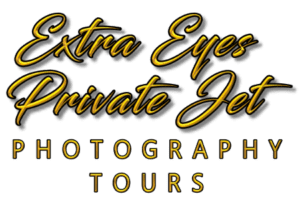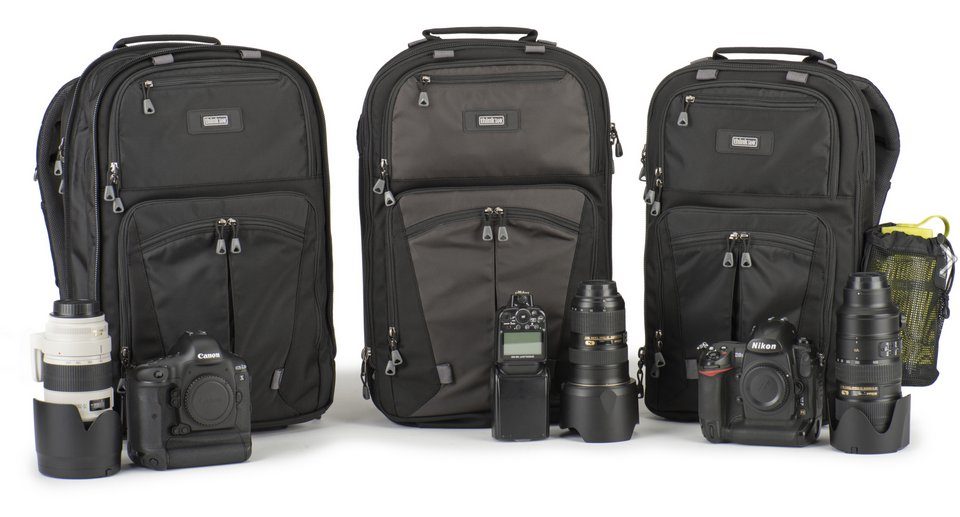WHAT IS THE BEST TIME TO GO?
We love the fall, but spring and summer are great, too. Winter gets a lot of snow, and the photography is much more limited. We like the new moon week of October to do Milky Way night photography and fall foliage photography by day.
This is a DARK SKY area that is good for Milky Way.
Months: The Milky Way Core can be seen from March to October, disappearing below the horizon for the rest of the year. It appears in the early morning hours in March and becomes visible earlier each month. The best time to catch a glimpse of the core is during summer when it can be seen immediately after sunset, providing an ideal viewing opportunity for stargazers and photographers.
New Moon: Timing is crucial to see the Milky Way. This celestial event can only be seen on clear nights without a visible moon, limiting the window for viewing.
Light Pollution: The best way to experience the full wonder of the Milky Way is to escape from areas with heavy light pollution. However, it may be possible to see some faint traces of the galaxy from places with mild artificial lighting; the most spectacular views can be found in remote locations far from cities and civilizations. Check out our How to Section for more details, including using a light pollution map to guide you to dark sky locations.
HOW LONG TO PHOTOGRAPH THIS AREA?
This area can be explored in a few days or longer, depending on how many stops you have. You can travel to many different locations throughout the region. Read each page to decide which locations you want to document.
WHAT PHOTOGRAPHY GEAR SHOULD I BRING?
- A Camera with a wide-angle lens.
- A zoom lens for outback on the water.
- Tripod – This is for shooting flowers in aperture priority mode, waterfalls and the Milky Way.
- Shutter release
- Polarizing Filter
- ND Filters
- See Milky Way gear below.
WHAT ELSE SHOULD I BRING?
- Organic bug repellent. (Nonorganic is very toxic)
- Organic Sun protection. (Nonorganic sunscreen is a cancer cause.)
- Durable hiking boots for any trail or terrain you may encounter.
- Have a waterproof backpack or rain cover to protect your equipment.
- Packaging a rain jacket and long pants.
- A hat and sunglasses to shield yourself from the elements.
- A thermos for Milky Way photography nights.
- Water filter bottle that filters water in case you get lost.
- Navigation tools such as a map and compass. A smartphone with a GPS app works.
- First-aid kit
- Knife or multi-tool
HOW BUSY DOES IT GET?
It was not that busy each time we were in the area, but we often traveled midweek and off-season.











